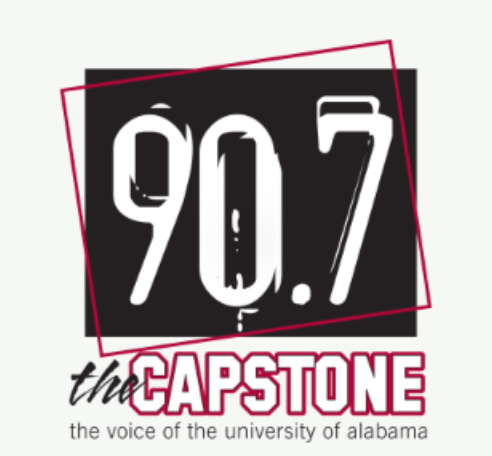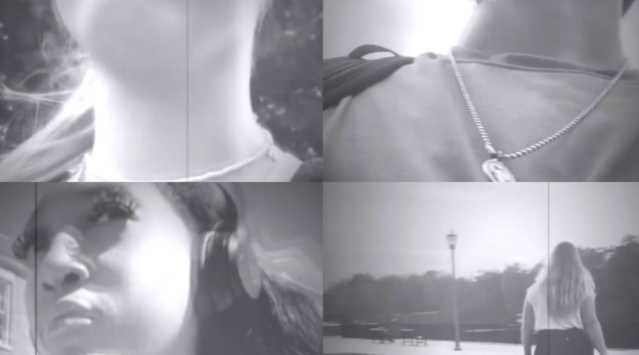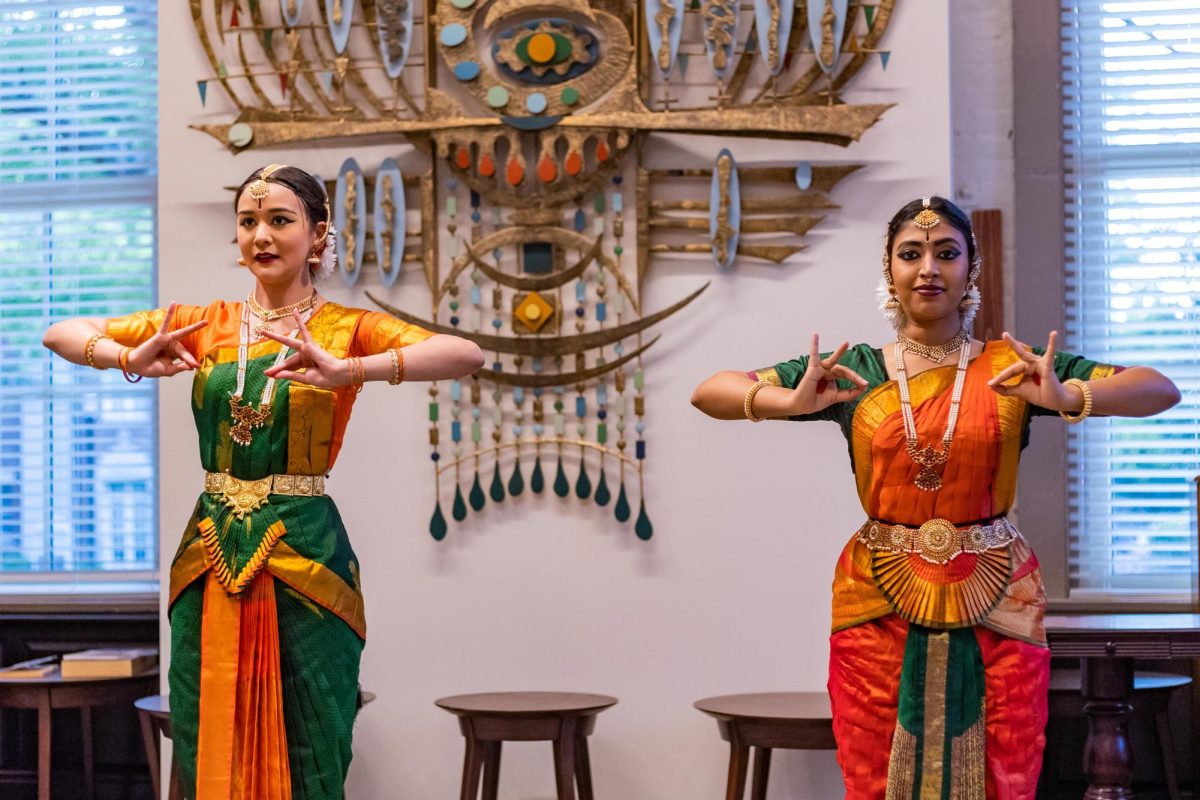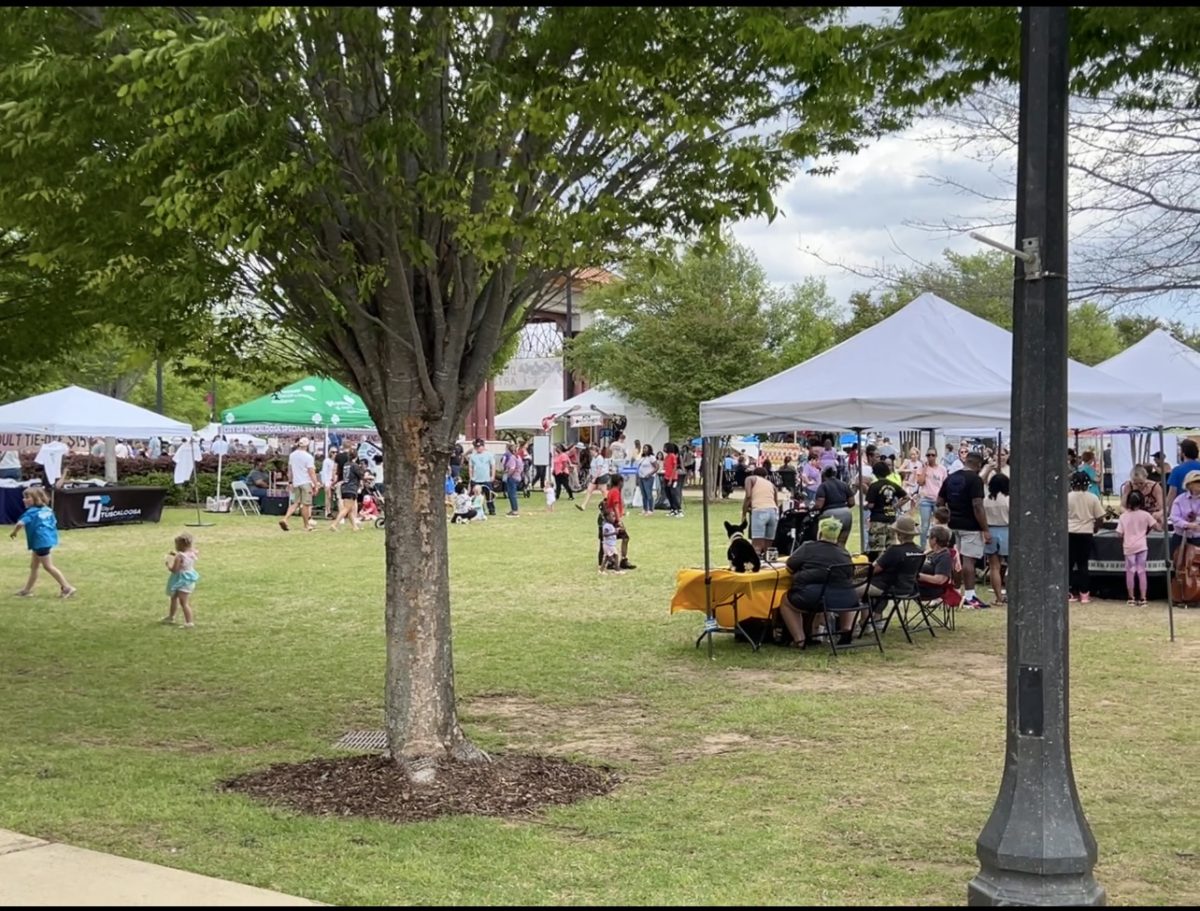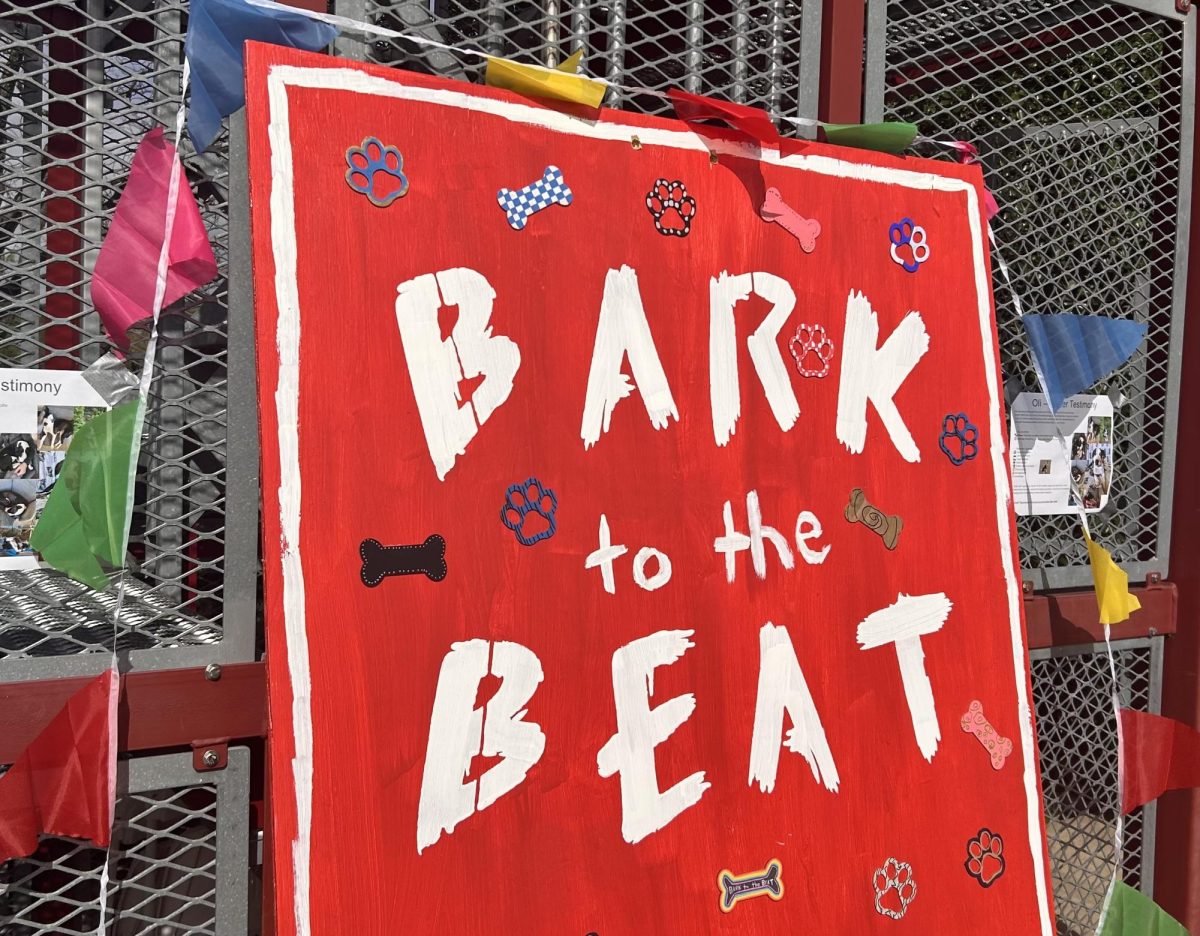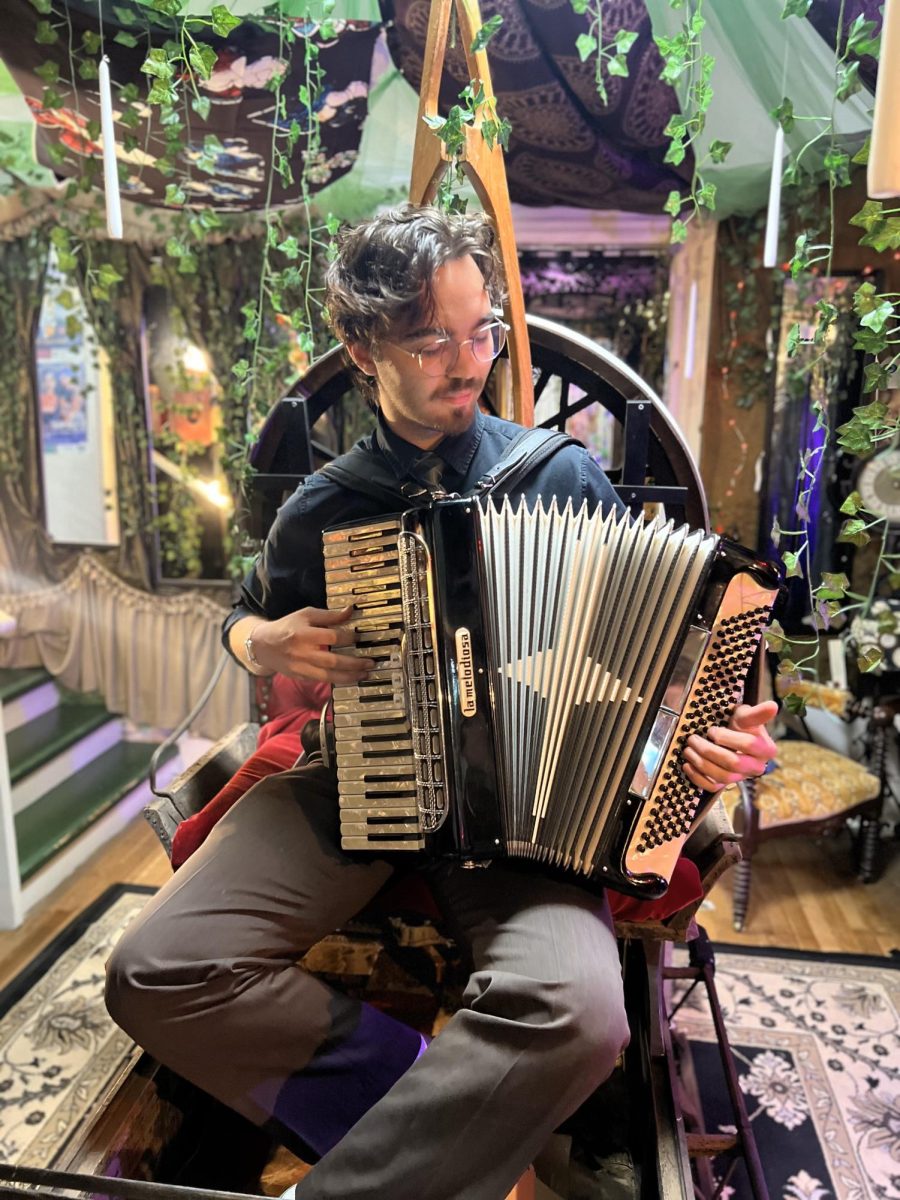Rachel Ahrnsen sent her mom one message on Wednesday, April 27, 2011: “Hey, there’s another tornado warning, if I die, I love you.”
This was the message Ahrnsen sent her mom on the day the lives of 64 people in Tuscaloosa, including six University of Alabama students, were claimed. This was the message Ahrnsen sent her mom on the day an EF-4 tornado terrorized Tuscaloosa. This was the message Ahrnsen sent her mom on the day Tuscaloosa changed forever.
“I wasn’t taking it seriously because there had been so many tornado watches and warnings for the past two weeks,” Ahrnsen said. “But by the time it was over, I was taking it very seriously.”
Ahrnsen, a senior majoring in journalism, is part of the last UA graduating class that will have experienced the tornado. She said she vividly remembers the communal fear that struck campus as she sat in Riverside dorms that Wednesday.
“Everyone was scared, some more than others,” she said. “One of my friends I was with almost cut off the circulation on my arm, she was grabbing so tight. I remember some people went outside, and the tornado was so big they thought it was right on top of us. They ran back in, and I will never forget how terrified they sounded.”
(See also “Measuring building safety: most April 27, 2011 tornado damage done by EF1 or EF2 winds“)
Amber Smith, a senior majoring in history, was trapped in the basement of the Gorgas stairwell when the tornado came through. She describes the incident as a “family affair,” as both her older sister and twin sister were attending the University that year. Smith said she still marvels at the fact that she ended up with both cell and Internet service in Gorgas and was lucky to be able to contact all members of her family during the tornado.
“If I, like so many others, couldn’t have known immediately that my family was OK, I have literally no idea what I would have done or how I would have coped,” she said.
Following the tornado, most students immediately left school and headed home. Ahrnsen, a Cincinnati, Ohio, native, stayed in her dorm for three days after the tornado, where she said she lived in a state of confusion among piles of trash left by students in their rush to get home, constantly wondering if the water was safe to drink. With cell phone lines down and WiFi out of commission, students relied on word of mouth to try to understand the severity of the situation.
Ahrnsen chose to volunteer after the tornado, an experience she described as being a huge turning point in her life both as a student and as a member of the Tuscaloosa community.
“The destruction was indescribable,” she said. “The only thing I could compare it to is war movies. Walking through miles of debris is a life-changing experience.”
Like Ahrnsen, Smith described Tuscaloosa after the tornado as being in a state of utter shock. With no precedent or protocol on how to deal with a catastrophe of this magnitude, many students and Tuscalooosans felt paralyzed to take action, especially when so many questions about what had happened were left largely unanswered.
“As a born-and-raised tornado-alley Alabama girl, I’ve known tornadoes all my life, but this destruction, this emptiness was impossible to understand,” Smith said. “We were front-page news around the world, but people reading those papers almost always knew more than we did.”
(See also “Students reflect on study abroad experiences following 2011 tornado“)
The tornado opened Ahrnsen and many other students’ eyes to seeing the city of Tuscaloosa in a way they never had before. Tuscaloosa became more than just a place to attend classes on weekdays and a place to watch football games on weekends. Tuscaloosa became home.
“Before, Tuscaloosa had just been a place where my college happened to be located,” Ahrnsen said. “But after volunteering in the rubble and meeting the people, my perspective changed. The people of Tuscaloosa are amazing. They were selfless, gracious and so kind during what was, for many of them, the worst experience of their life. I wanted to be part of that community.”
Three years later, Ahrnsen has reached her goal to become part of the Tuscaloosa community, a journey she might never have taken if it weren’t for the tornado. She said she now knows just as many community members as students and is proud of it. Ahrnsen said being in Tuscaloosa for the tornado also altered her personal philosophy significantly.
“I saw firsthand how everything you’ve worked for, everything you love, can be swept away in an instant,” she said. “It has made me much less concerned with material things, because I know how easily things can be utterly destroyed.”
Physically, Tuscaloosa may be nearly restored to its former glory. Businesses and student housing are spreading like wildfire on every square foot of land formerly destroyed by the tornado. But mentally and emotionally, the city is still healing. Despite the fact that the class of 2014 marks the last group of students at the University who were present for the April 27, 2011, tornado, students and residents of Tuscaloosa will continue to be affected by the tornado for years to come.
Virginia Wesson, a sophomore majoring in economics, was still attending high school in Birmingham when the tornado struck Tuscaloosa. She remembers her older brother, then a student at the University, coming back to Birmingham with his roommates, shaken up from the experience.
“They were showing us pictures of the destruction and how the whole city was black and how dead it all seemed afterwards,” she said. “I know that memory is still holding on with them today.”
Wesson said she cannot imagine Tuscaloosa being any different than it is today, but it is important for the city to commemorate the anniversary of the tornado each year in order to celebrate how far the city and its people have come in just three years.
“[The tornado] is a really big part of the community as it is now,” she said. “Tuscaloosa changed a lot after the tornado, so to not recognize it would be kind of a dishonor to what the city looks like now and how strong our community has become because of it.
However, for the graduating class of 2014, the tornado holds more meaning than it has for any other graduating class, both past and future. As freshmen during the time of the tornado, the class in many ways has signified a parallel to the tornado, growing and developing as young adults just as Tuscaloosa grows and develops as a city recovering from tragedy.
“’T-Town Never Down’ is definitely a thing, at least for my graduating generation,” Smith said. “We are a proud people now, because in that moment we became aware of our strength.”
As she prepares to finally graduate from The University of Alabama and move on to a new adventure, the memory of April 27, 2011, is still fresh in Ahrnsen’s mind.
“If you live in Tuscaloosa, you are affected by April 27, whether you know it or not,” Ahrnsen said. “Even though it was three years ago, I know I still have nightmares sometimes. Living through that is not something you forget, or that should be forgotten. It has made me try to live each day like April 27 was the next.”
(See also “Tuscaloosa takes first steps toward recovery after April 27 tornado“)



